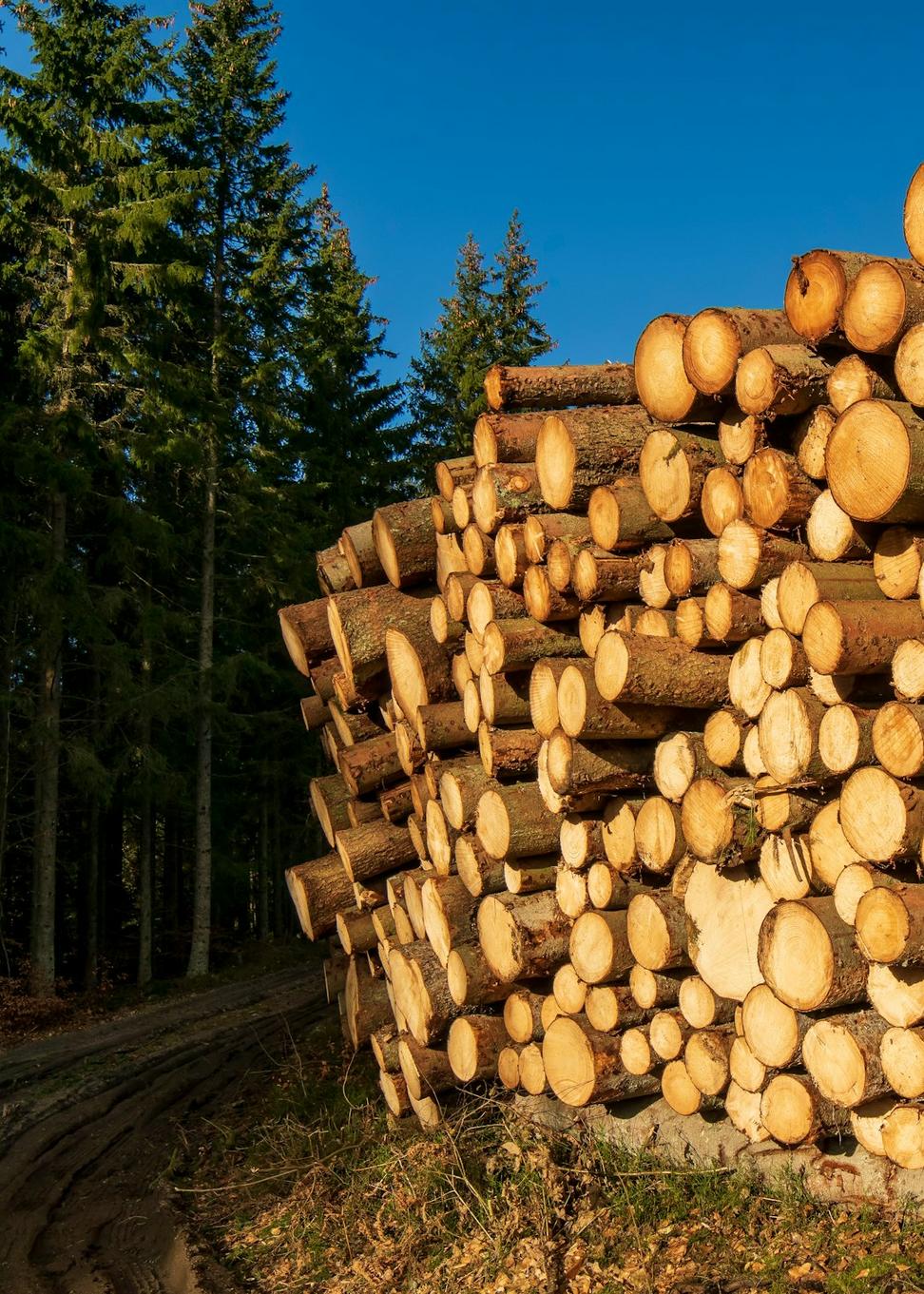
Building Without Compromise
Look, we're not gonna pretend sustainability is just a checkbox. It's literally baked into every decision we make—from selecting timber species to calculating embodied carbon.

Look, we're not gonna pretend sustainability is just a checkbox. It's literally baked into every decision we make—from selecting timber species to calculating embodied carbon.
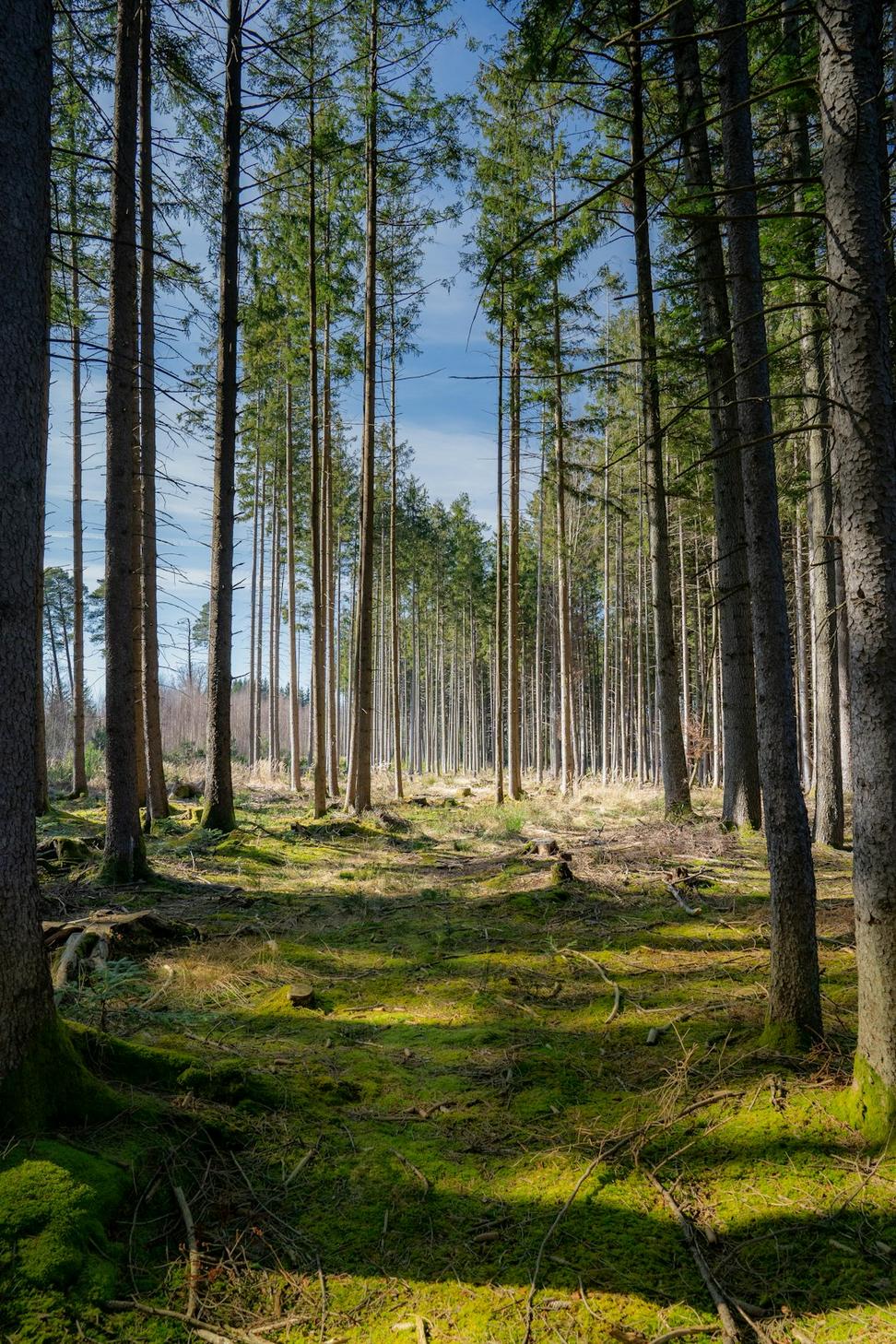
We've been working with wood for over a decade now, and honestly? The more you learn about it, the more it makes sense. Concrete and steel have their place, sure, but timber's got this unique thing going—it stores carbon instead of dumping tons of it into the atmosphere during production.
Every cubic meter of wood in our projects locks away roughly a tonne of CO2. That's not marketing speak—that's basic forest biology. Trees pull carbon from the air, we harvest responsibly, mill efficiently, and that carbon stays trapped in your walls for decades, maybe centuries.
Plus, let's be real: there's something about working with a living material that keeps you honest. You can't phone it in with timber—it demands craftsmanship, respect, and a deep understanding of how materials actually perform over time.
FSC Certified Sourcing
Avg. Carbon Footprint
Waste Repurposed
We didn't start out as sustainability experts—we learned by doing, screwing up occasionally, and constantly pushing ourselves to find better ways. Here's how our approach evolved.
Founded the studio with a simple premise: timber's underutilized in modern Canadian architecture. Started small with residential projects, mostly renovations where we'd spec reclaimed wood whenever clients were game for it.
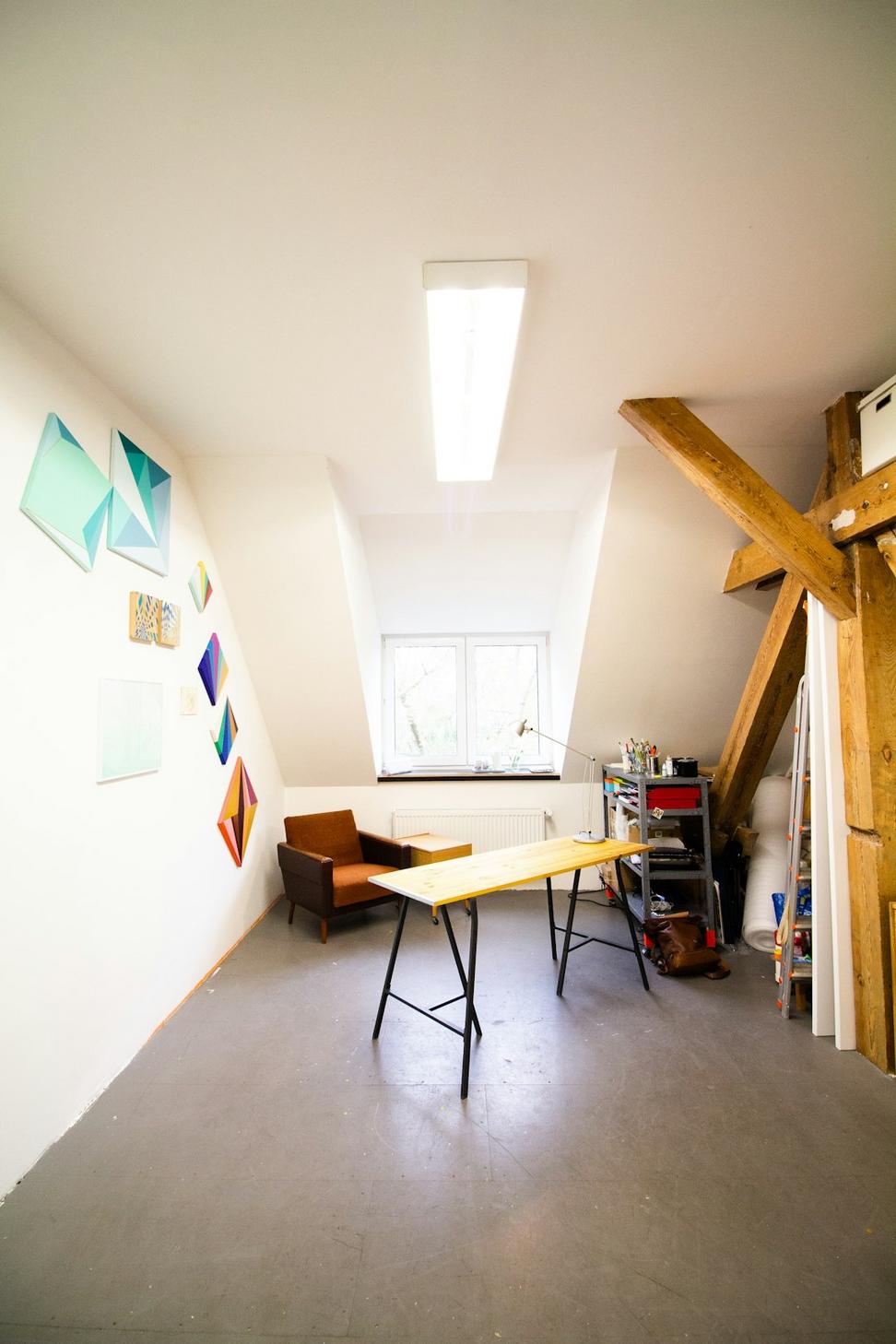
Got our LEED AP credentials and immediately realized how much we didn't know. Spent that year basically going back to school—learning about embodied carbon, life cycle assessments, and thermal bridging. Completed our first LEED Gold project that fall.
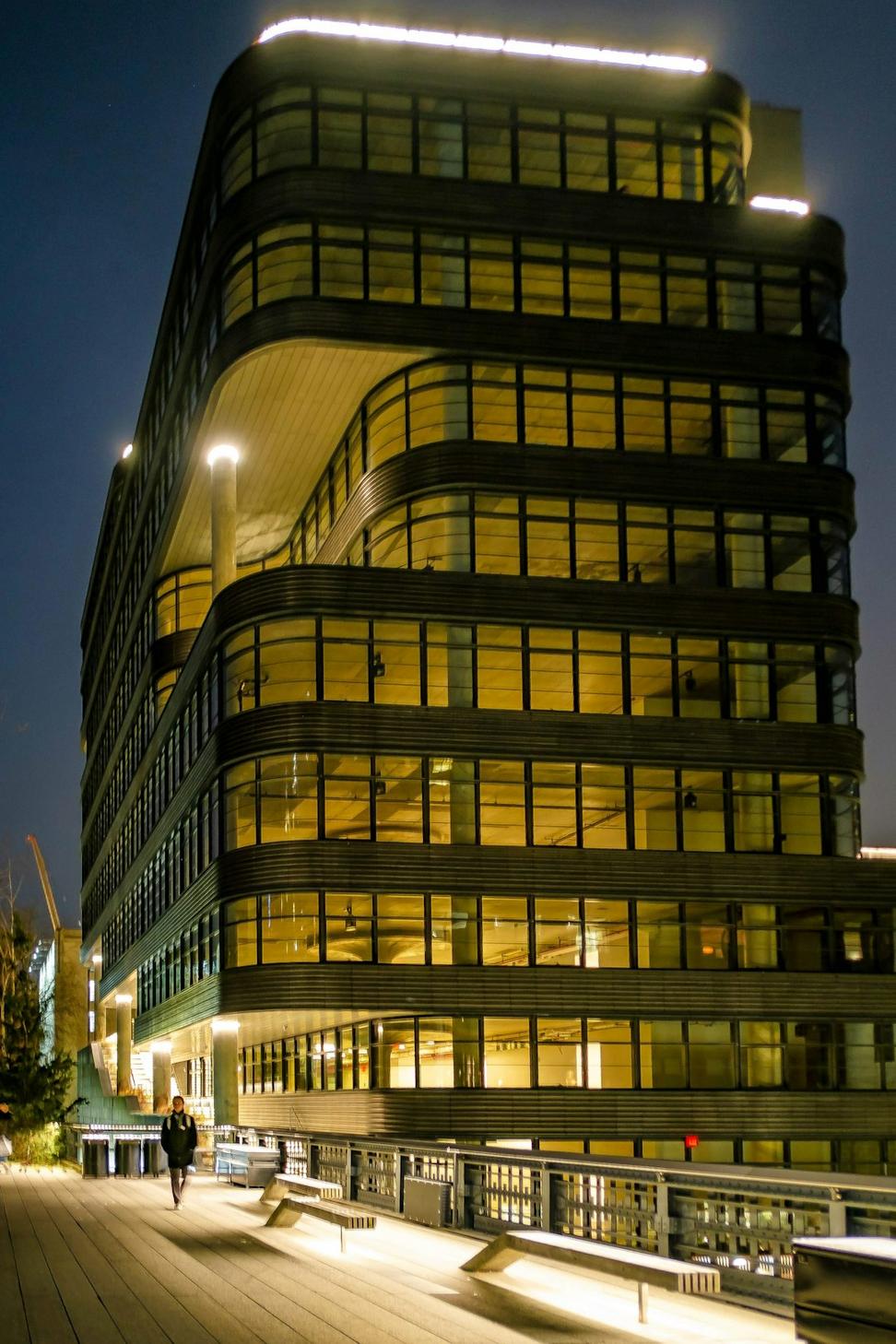
BC updated building codes to allow taller mass timber structures. Game changer. We dove headfirst into CLT and glulam engineering, partnered with structural engineers who actually got what we were trying to do. Designed our first 6-story timber office building.
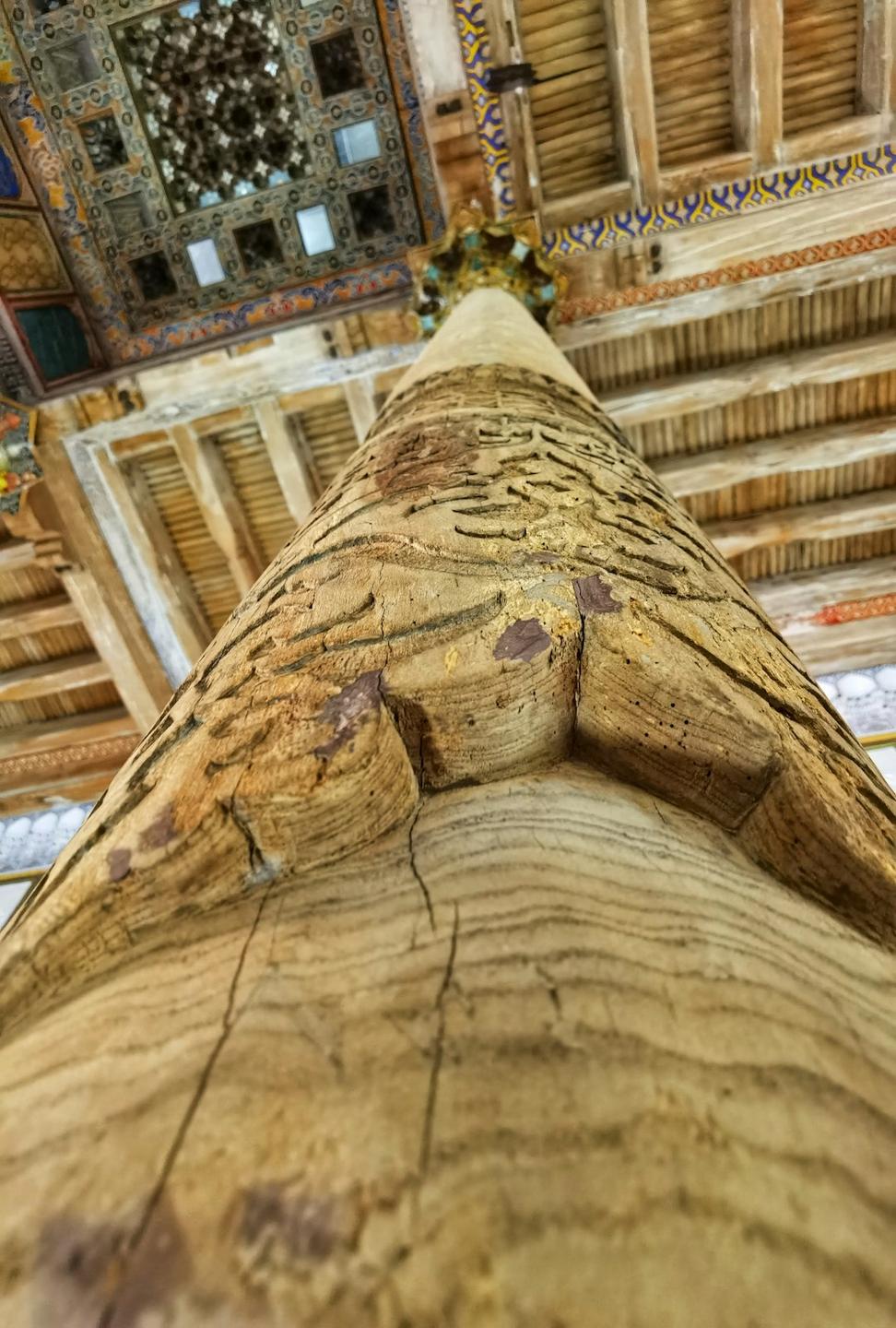
Completed our first Passive House certification. Not gonna lie—it was brutal. The attention to detail required is insane. But once you've built to that standard, everything else feels... negotiable? We now aim for it on every residential project where budget allows.
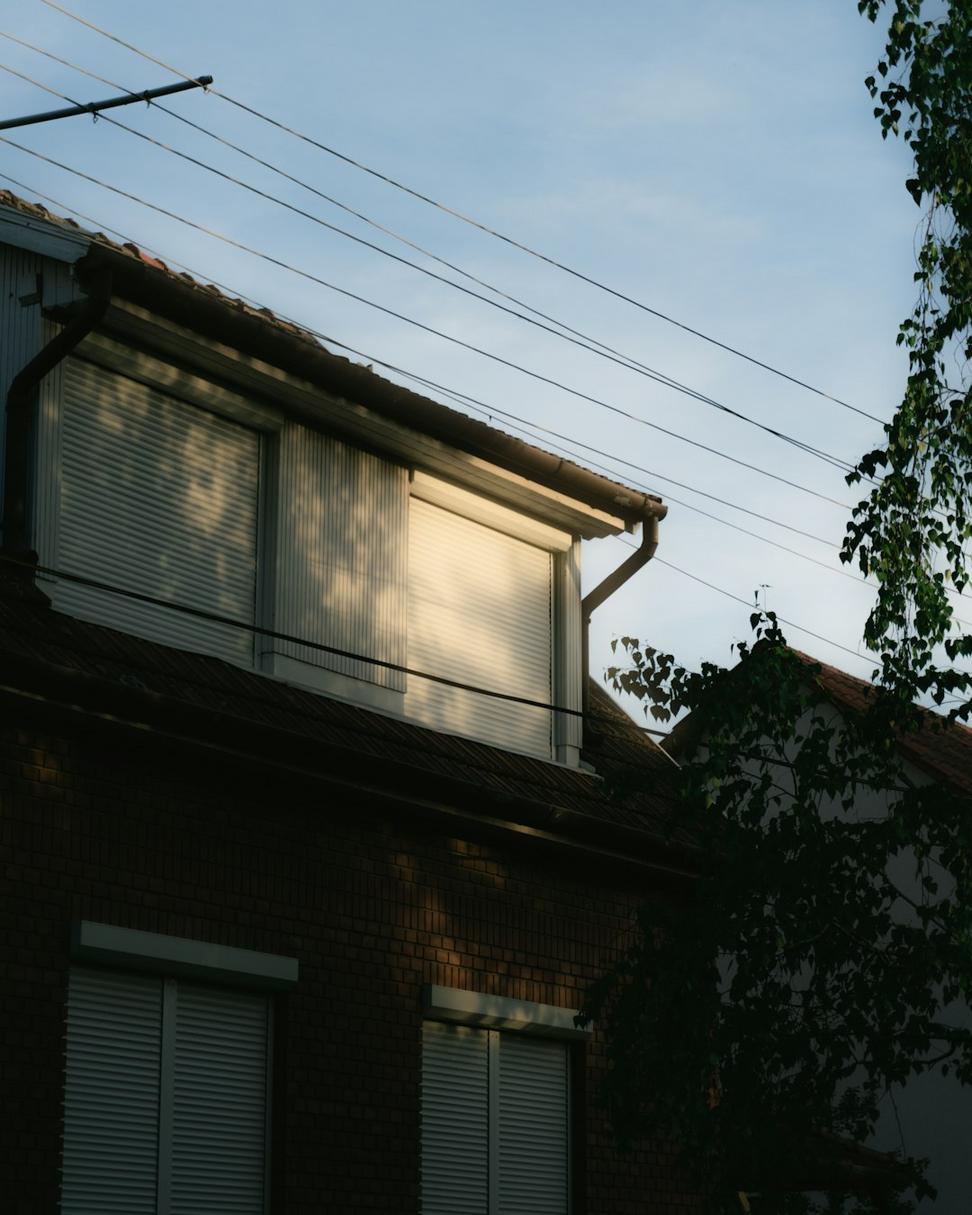
Achieved carbon neutrality for our studio operations through renewable energy procurement and verified offsets. Started offering embodied carbon assessments as standard on all projects—clients need to see the real environmental cost upfront.
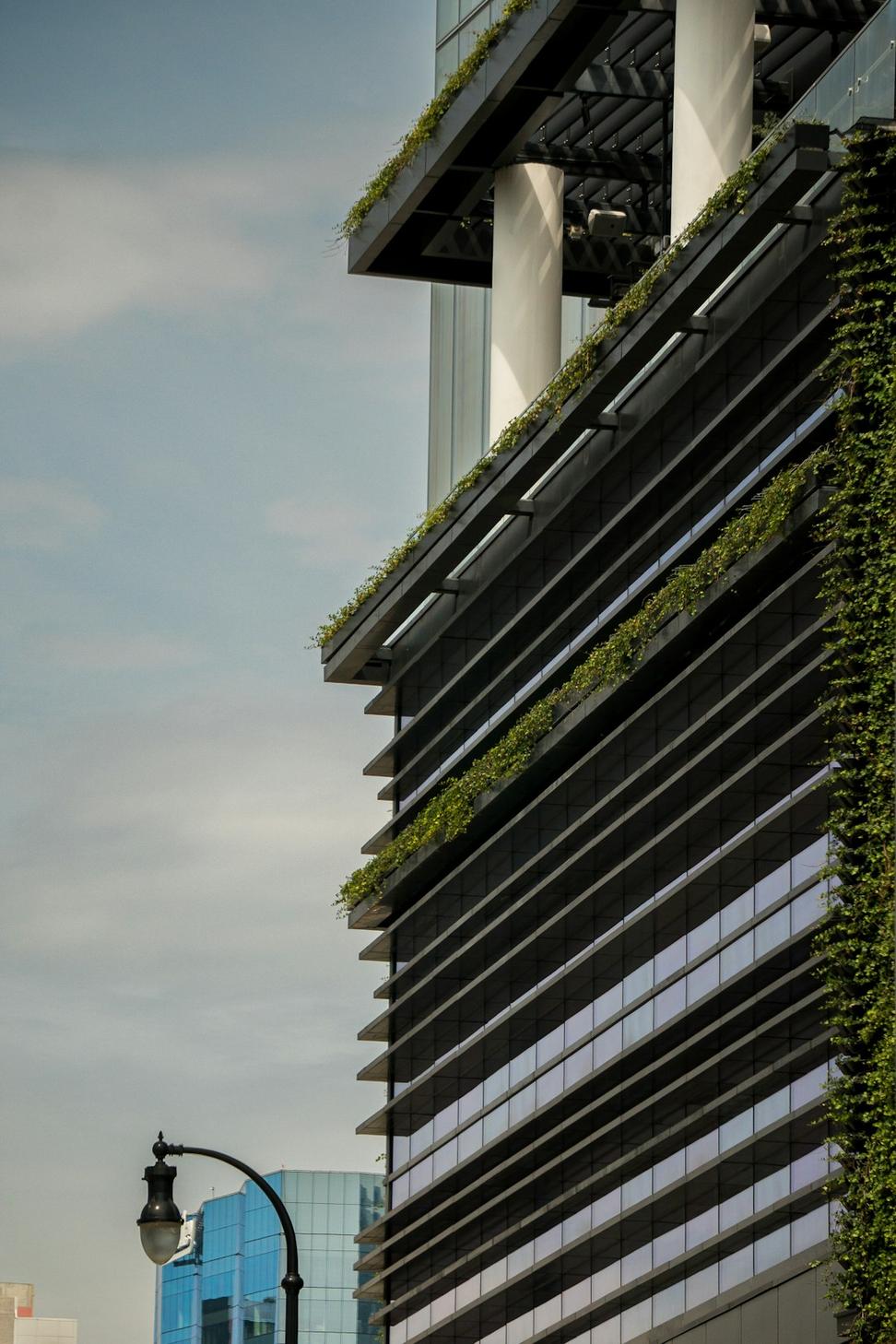
We're moving past "do less harm" toward "actually help ecosystems." Working with biophilic design principles, integrated rainwater systems, and native plantings that support local biodiversity. Currently pursuing Living Building Challenge certification on a mixed-use project.
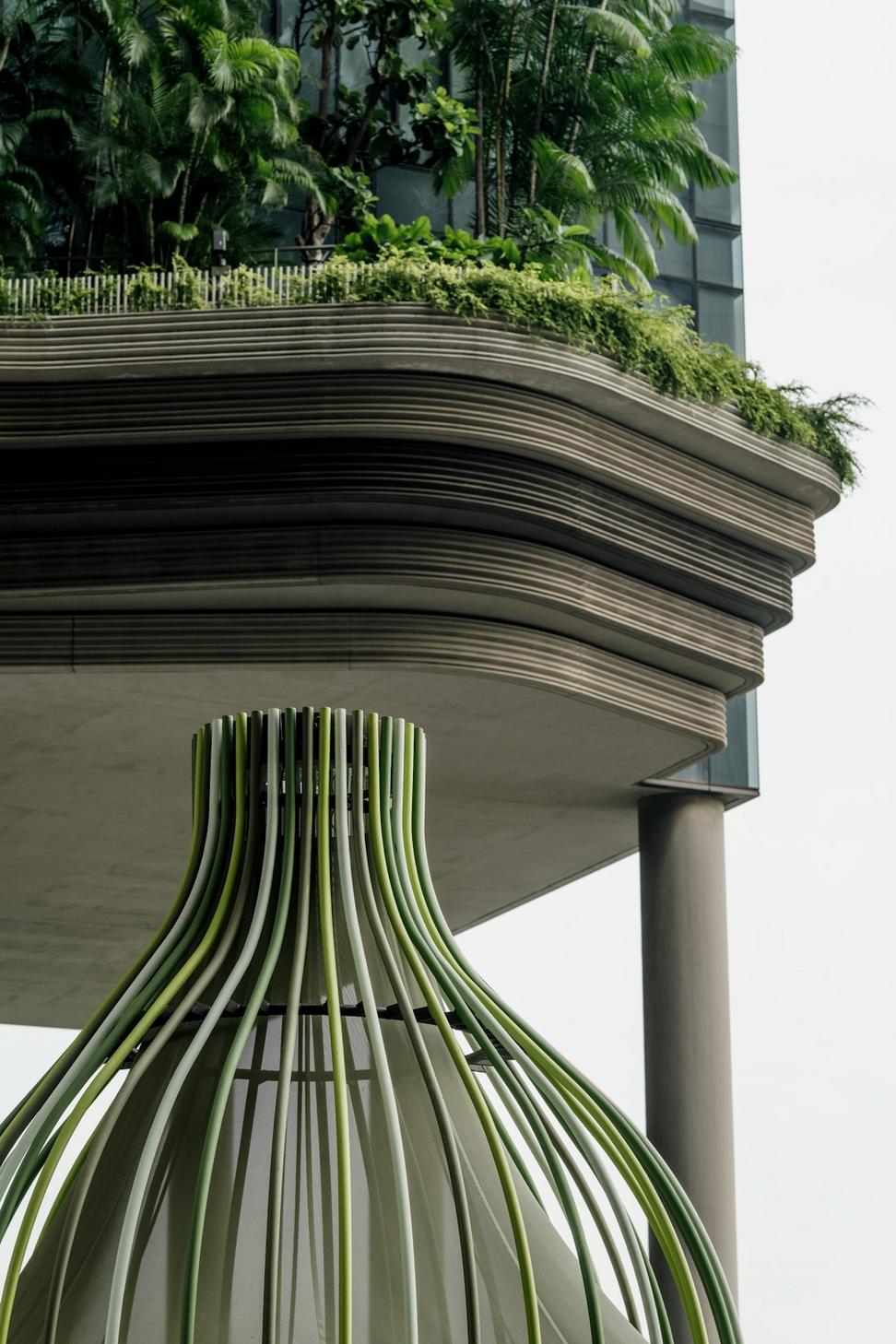
Sourced from responsibly managed forests in BC and the Pacific Northwest. We know most of our suppliers personally and have visited their operations.
Old-growth Douglas fir from demolished buildings, barn wood, industrial timbers. The patina's gorgeous and you can't fake that carbon offset.
CLT, glulam, and dowel-laminated timber for structural applications. Engineered in Canada, often from local mills when project scale allows.
Natural oils, water-based stains, and zero-VOC paints. Indoor air quality isn't optional—it's fundamental to human health.
Cellulose, mineral wool, and wood fiber insulation. High R-values without the plastic foam and off-gassing.
When we need thermal mass or specific aesthetics, we source stone and brick from regional quarries—cutting transport emissions significantly.
Triple-pane, argon-filled windows with low-e coatings. Yeah, they're expensive upfront, but the energy savings are real.
Vapor-open weather barriers that let buildings dry naturally. Critical in Vancouver's climate—prevents mold and rot without trapping moisture.

Multiple team members hold LEED AP credentials. We've completed projects from Certified through Platinum levels.
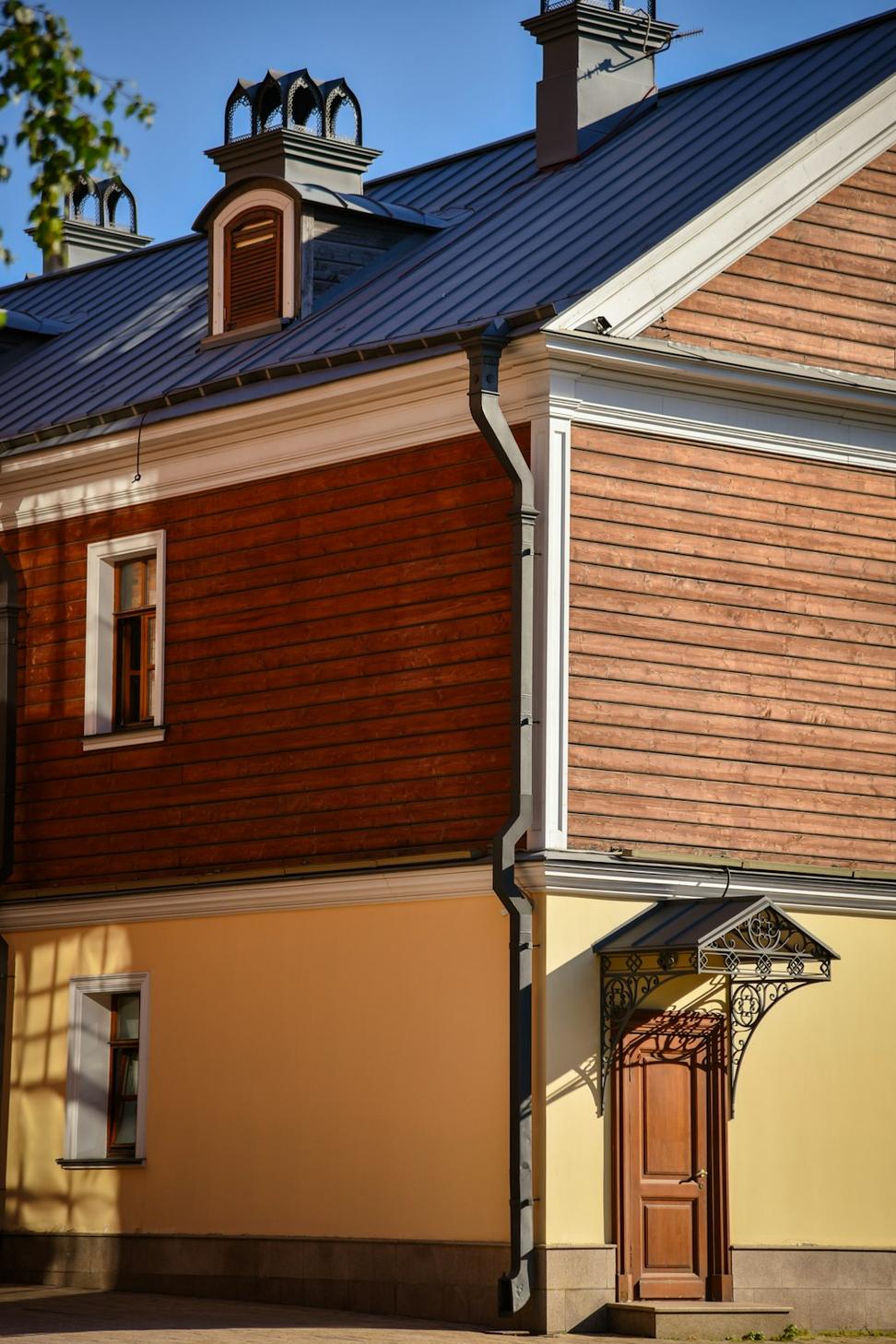
Trained and certified in Passive House design principles—the gold standard for energy efficiency.
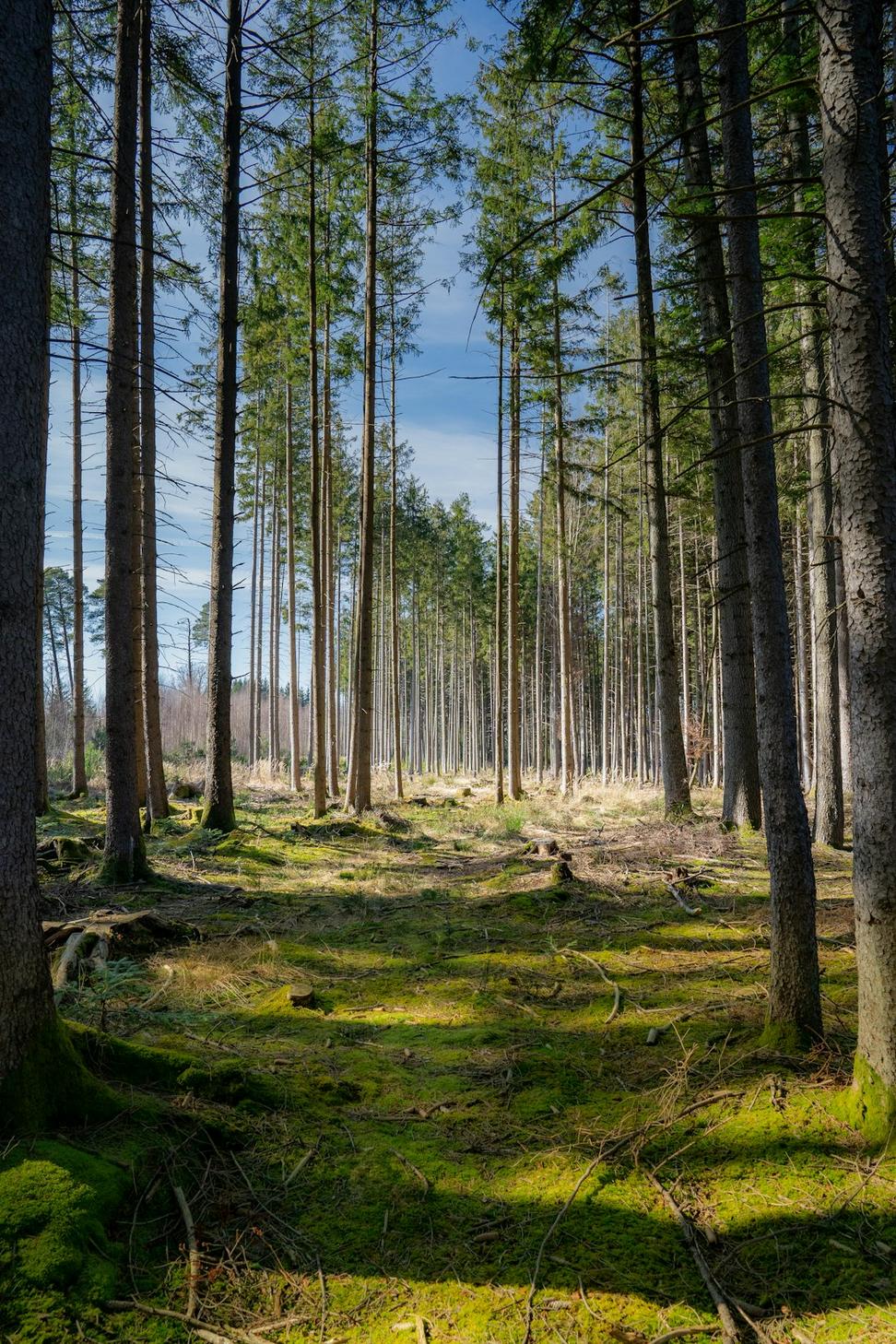
Certified to track and verify sustainably sourced timber throughout our supply chain.

Our operations have been carbon neutral since 2022 through renewable energy and verified offsets.
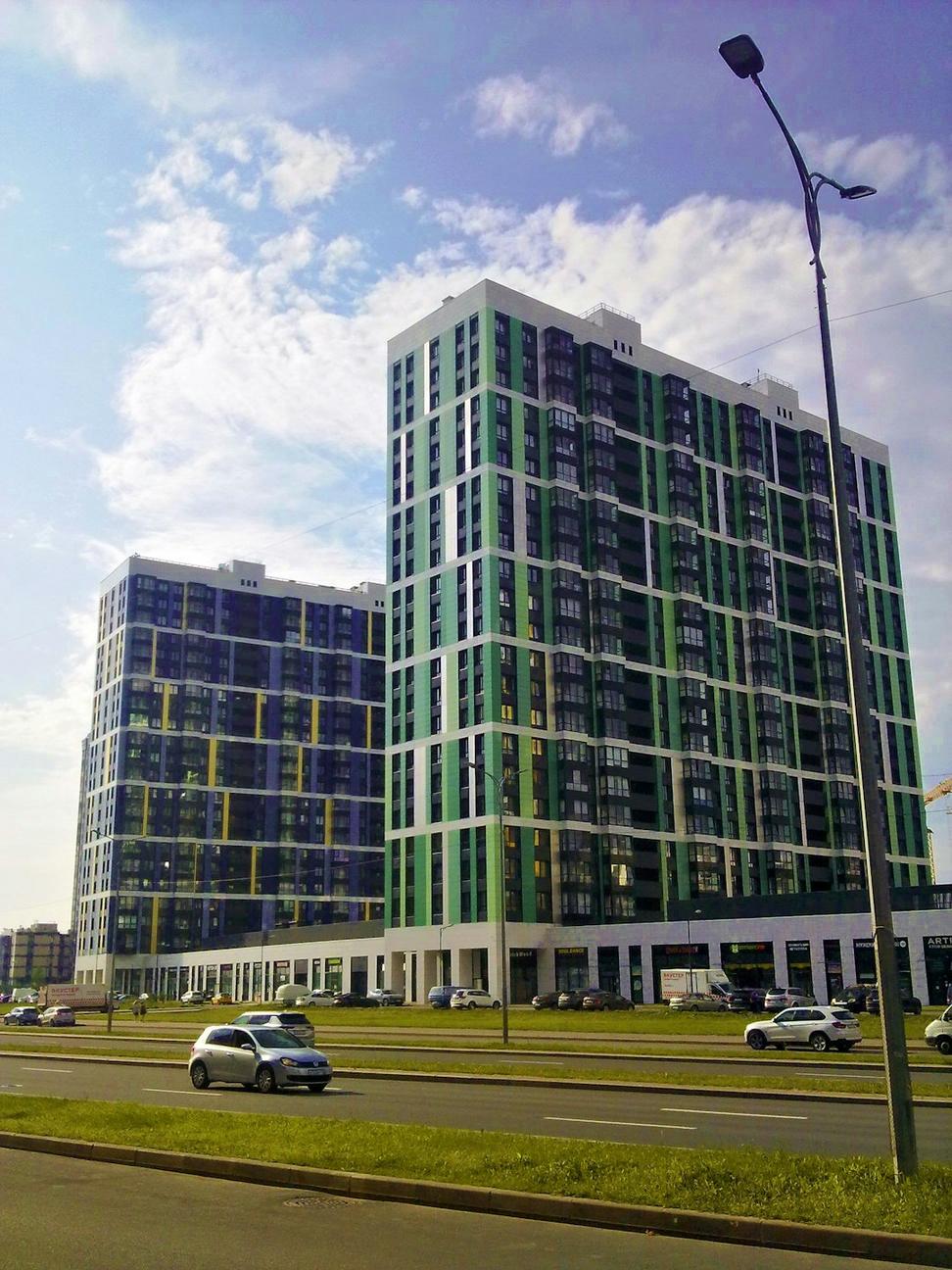
Active members of the Canada Green Building Council, contributing to industry advancement.
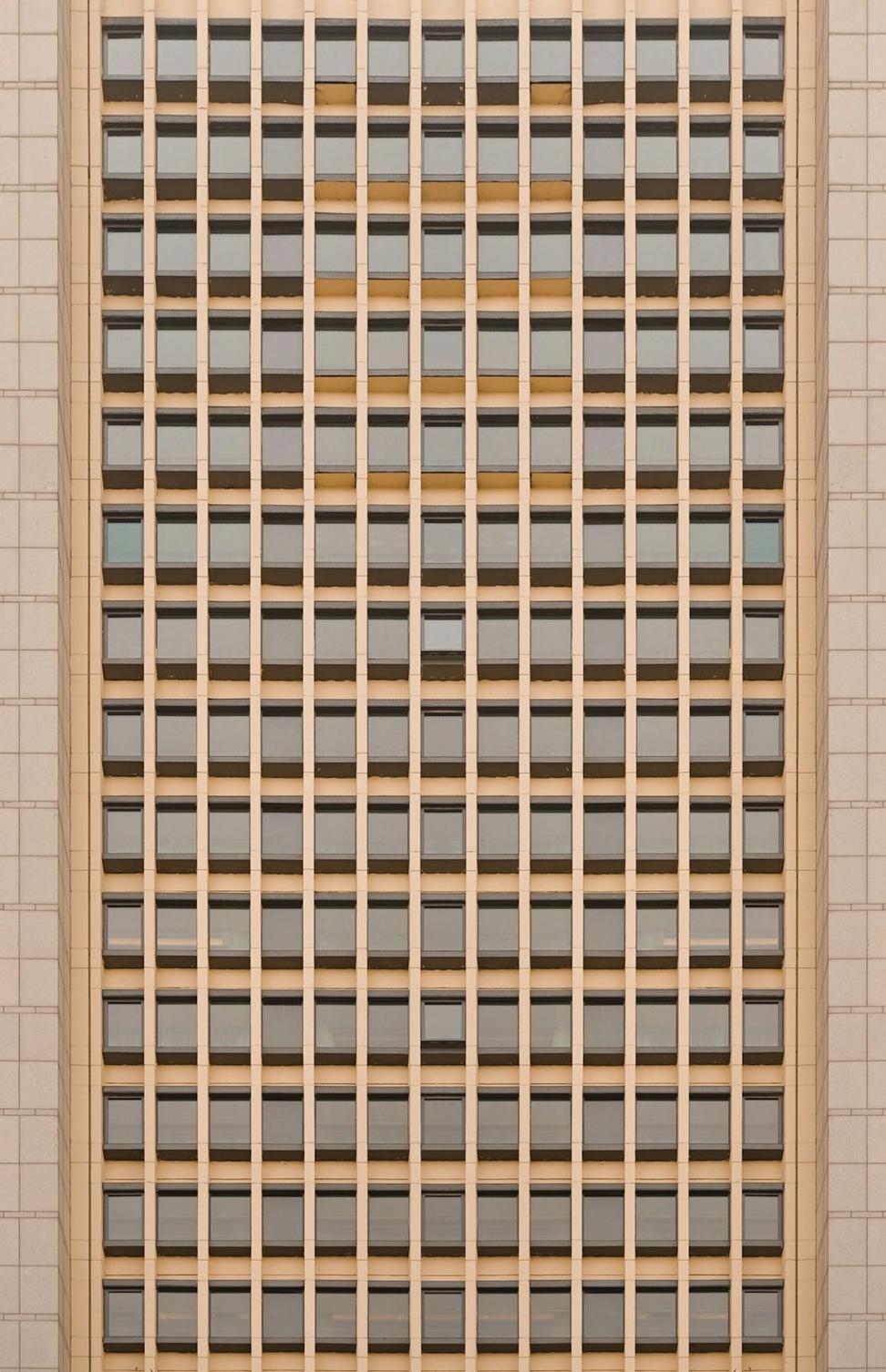
Currently pursuing our first Living Building Challenge certification—the most rigorous green building standard.
We're not interested in greenwashing or token sustainability gestures. If you're serious about creating buildings that work with nature instead of against it, let's talk. Fair warning though—we'll probably challenge some of your assumptions about what's possible.